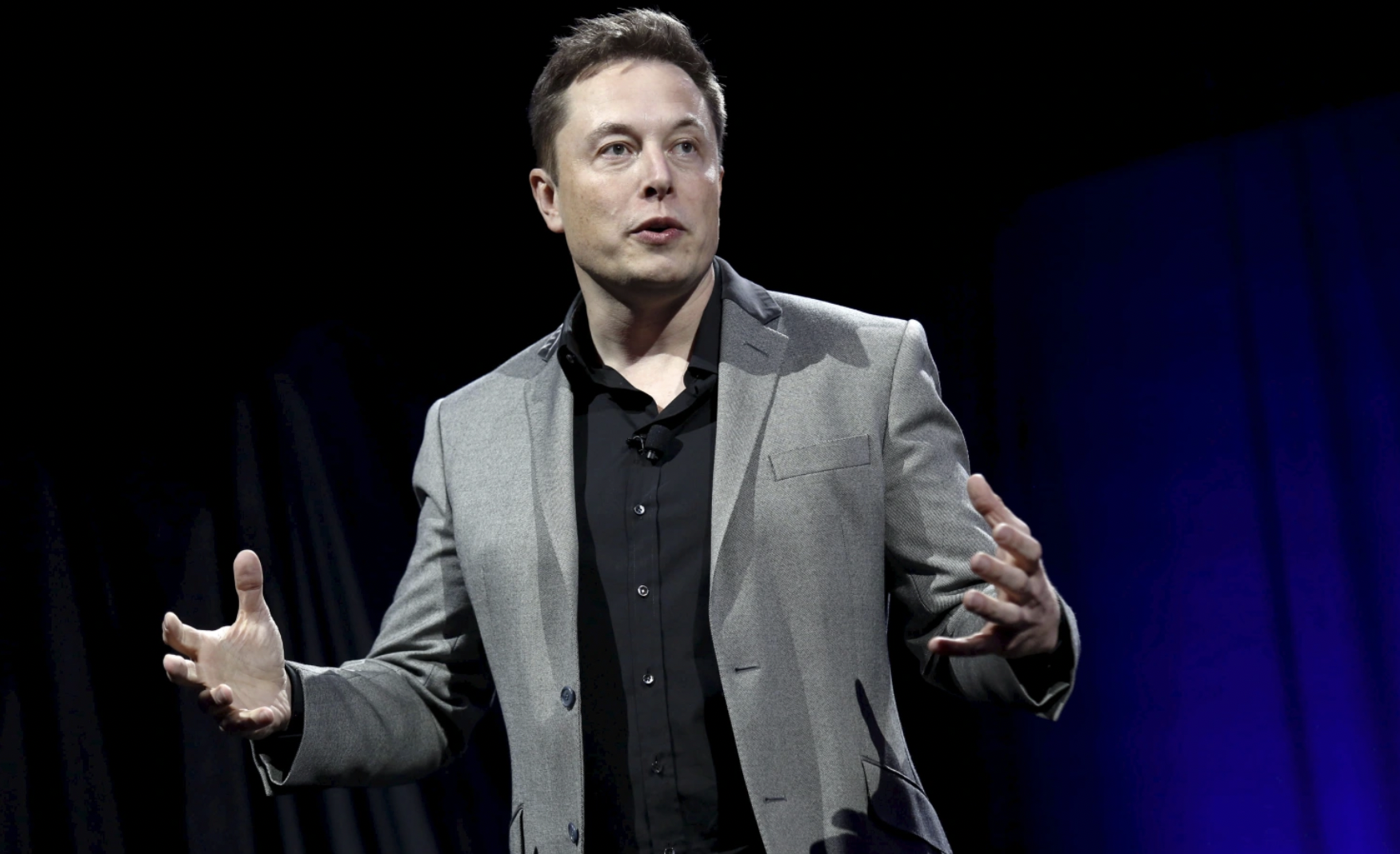The energy storage market is primed for exponential expansion over the next decade. These are the stocks you want to own.
Over the summer, the U.S. Senate passed its most significant ever climate bill, allocating nearly $400 billion to the country’s energy sector, the majority of which is being pumped into incentivizing the production of alternative energy sources.
One of the greatest challenges associated with clean energy is the intermittency of its sources. The sun doesn’t shine all the time, and the wind doesn’t always blow. Energy storage is the solution that allows for excess energy to be stored, enabling continuous power output at all times, and making clean energy as reliable and consistent as fossil fuel.
At the end of 2021, the global installed energy storage capacity measured about 46 GWh. According to InvestorPlace, a meager 1.5% of renewable energy production in the world is backed by energy storage today. As governments and corporations worldwide strive toward carbon neutrality, that figure is set to grow exponentially. Bloomberg New Energy Finance targets at least 800 GWh of global energy storage capacity by 2030, indicating 17 times growth over the next ten years.
Since the U.S. government officially introduced the first-ever tax credit for energy storage projects, there have been remarkable positive business developments in the industry. In this list, our team looks at a few of the potential winners from the group.
Stem Inc (STEM) is a pure play on the smart energy storage space offering artificial intelligence-driven clean energy storage systems. The company’s advanced energy storage solutions with Athena(TM), an artificial intelligence-powered analytics platform, enables customers and partners to optimize energy use by automatically switching between battery power, onsite generation, and grid power.
The company has already built up considerable infrastructure with established names. STEM‘s Athena Software seems likely to become mission-critical for many electric utilities because of the rapidly increasing supply and demand for renewable energy.
For the second quarter, ended June 30th, Stem reported a record-breaking backlog of $727 million, up 191% from $250 million at the end of Q2 2021. Bookings were up 402% from $45 million to $226 million, and the 12-month pipeline increased 8% from the previous quarter to $5.2 billion. Revenue increased a whopping 246% year-over-year and came in 5% above the high end of guidance at $67 million.
We are encouraged by Congressional support for the Inflation Reduction Act of 2022. The climate provisions in the Act would drive continued investment in America’s aging power grid, support customer adoption of renewable energy, and improve energy security by incentivizing development of our domestic supply chain. Importantly, a stand-alone Investment Tax Credit (ITC) for energy storage, and the extension of the solar ITC, would improve the economic returns for our customers.”
“Supply chain constraints, permitting and interconnection delays, and certain regulatory actions continue to pose challenges, but we believe we remain well-positioned to manage these risks and continue with our strong execution through the rest of 2022,” commented John Carrington, Chief Executive Officer of Stem.
STEM has high growth potential and looks like an ideal long-term investment. Athena is looking like an industry-changing platform with wide-ranging applications. STEM’s infrastructure is far ahead of its competitors and will prove to be a crucial piece of the investment thesis moving forward.
NextEra Energy (NEE) is the world’s largest producer of solar and wind energy. They’re owner of Florida Power & Light, along with some other utilities and businesses that do wholesale energy. They’re also the sponsor of NextEra Energy Partners, which is primarily renewable energy focused. Renewables are a big part of NextEra’s business. NextEra has emerged as the world’s most valuable utility, largely by betting on utilities, especially wind.
NextEra had about 30 gigawatts of wind and solar farms at the end of last year, enough to power 17 million homes. And it’s expanding significantly, with contracts to add another 10 gigawatts of renewables.
For decades, NextEra Energy has been reducing emissions through developing renewable energy and modernization of its generation fleet. The company’s goal is to reduce CO2 emissions rate 67% by 2025, from a 2005 baseline. This equates to a nearly 40% reduction in absolute CO2 emissions, despite the company’s total expected electricity production almost doubling from 2005 to 2025. Working toward this goal, as of year-end 2021, NextEra has reduced its CO2 rate by 62.2% and the absolute CO2 tons by 20%, while their generation increased by 67.5%. That’s pretty impressive.
NextEra Energy has more energy storage capacity than any other company in the U.S., with more than 180 MW of battery energy storage systems in operation. The company leads the industry with storage innovations such as its Babcock Ranch Solar Energy Center – the largest combined solar-plus-storage facility in the country. This cutting-edge project incorporates a 10-MW battery storage project into the operations of a 74.5-MW solar power plant.
NextEra has a solid track record of success. Between 2006 and 2021, their adjusted earnings per share grew at a compound annual growth rate of 8.4%, while dividends grew at a compound annual growth rate of 9.4%, that’s incredible growth over a 15-year period. Over the past five years, the stock is up 137% on a total return basis. That type of performance is not typical for a utility company, indicating that NextEra is an outlier in the industry.
Dating all the way back to 1890, General Electric (GE) has been a major player in the U.S. energy sector for 130 years. Popular for its LEAP aircraft engines, heavy-duty gas turbines, Haliade-X and Cypress wind turbines, and healthcare solutions. Constantly striving to enhance and innovate its line of products, GE offers its ‘Reservoir’ energy storage system for seamless integration across power grids. The Reservoir enables customers to increase Renewables integration, improve financial performance, enhance grid operations, reduce energy costs, and enable more distributed, local generation. GE’s Reservoir condenses 4MWh and 10 years of energy storage experience into a 20’ box – delivers an estimated 15% improved lifecycle on the batteries, 5% higher efficiency, and reduced installation time and costs.
The company plans to triple its manufacturing capacity for solar and battery energy storage systems to 9 GW per year by the end of 2022 with the help of the addition of its Renewable Hybrids factory in South India this February. The facility, which employs 250 people, manufactures the company’s FLEXINVERTER and FLEXRESERVOIR products, the former a containerized solution for utility-scale solar and storage facilities, and the latter a system-integrated battery energy storage solution.
The new factory will be used to support the growing demand for hybrid projects around the world, a company spokesperson said in an email, adding that “as a result of the growing demand, there is a need to increase capacity across all elements of the supply chain, and we are helping on that front with this facility.”
GE trades at a reasonable price at 13.73 times forward earnings when compared to its peers, represented by the Industrials Select Sector SPDR Fund (XLI), which has a forward PE ratio of 16.35. The stock garners a consensus Buy rating and a median price target of $88, implying a 31% upside.







